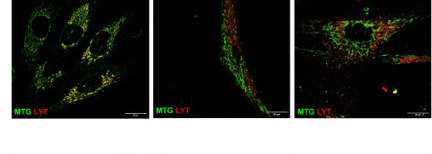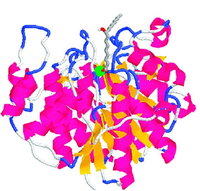Research themes
Cancer is a disease that induces profound genetic, bioenergetics and histological differences in comparison to non-transformed cells. Cancer cells are characterized by modifications associated with unlimited cell growth, inhibition of apoptosis and intense anabolism. The metabolic reprogramming is a crucial step into the transformation from a normal to a malignant cancer cell. The more common metabolic remodeling described in tumor cells is an increased glucose uptake, a higher aerobic glycolytic capacity associated to a high lactate production, along with a decreased rate of oxygen consumption by the mitochondrial respiratory chain despite of high oxygen concentration (Warburg effect). To explain these abnormal bioenergetics phenotype, pioneering hypotheses proposed the impairment of mitochondrial function in rapidly growing cancer cells. Nevertheless, there are many studies showing that mitochondria in tumor cells are not inactive per se but operate at low capacity. So that cancer cells, in spite of possessing functional mitochondria, can switch between glycolytic and oxidative metabolism in a reversible fashion (the Crabtree effect). The specific advantages of this metabolic switch are unknown, although it is possible that this mechanism could favor the cell proliferation in hypoxic environments, conditions normally observed in solid tumors. Another explanation is that the down-regulation of oxidative metabolism could help these cells to escape from apoptotic cell death. Another characteristic of tumor cells is invasiveness, closely related to the malignancy of the tumor and its ability to give metastases. Some authors have highlighted the relationship between the glycolytic metabolic phenotype and tumor invasiveness.
The group's research activity is divided into three main lines:

